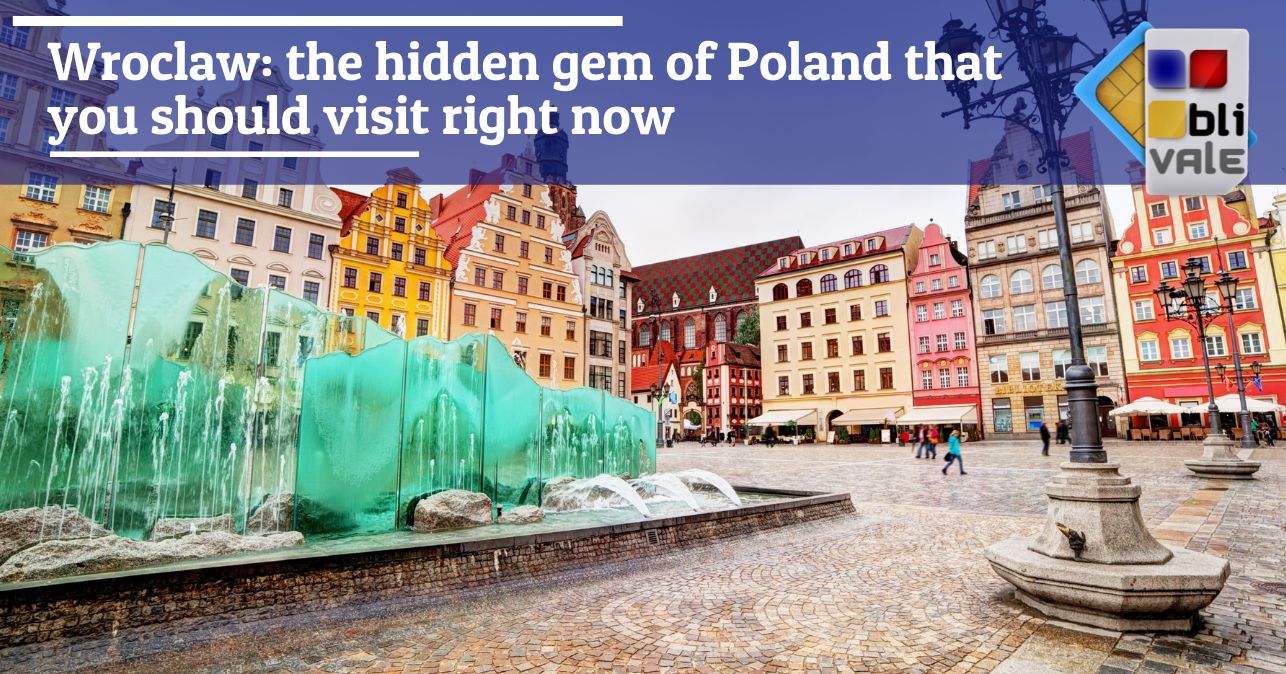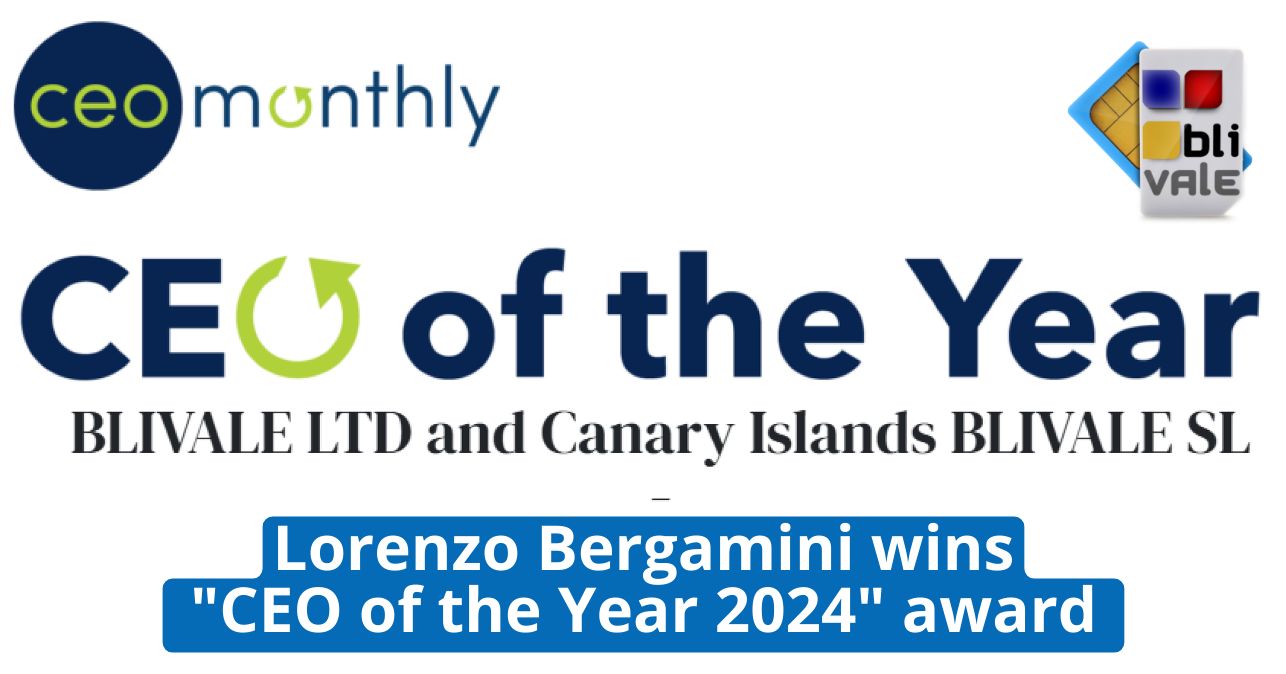Wrocław (Wrocław in Polish) is a city that immediately captures you, with a discreet charm that has nothing to envy of the most famous European capitals. Located in the south-western part of Poland, this university city boasts a thousand-year history that is reflected in the eclectic architecture and culturally vibrant atmosphere.
Why choose Wroclaw?
Forget Krakow or Warsaw for a moment. Wroclaw is a true Polish revelation, an urban treasure still little-trodden by mass tourism. With around 640,000 inhabitants, it is the fourth largest city in Poland, big enough to offer you everything you desire but intimate enough to be explored on foot.
The official language is Polish, but don't worry: in tourist areas and among young people, English is widely spoken. A little German may come in handy with the older generations, given the city's history under German influence.
What makes Wroclaw unique?
The first thing that strikes you about Wroclaw is its extraordinary Rynek (Market Square), one of the largest medieval squares in Europe. But the real magic of the city lies in its 12 islands connected by over 100 bridges over the Oder River, which have earned it the nickname "Polish Venice".
And then there are the dwarves! Yes, you read that right. More than 350 small bronze statues of gnomes are scattered around the city, a symbolic legacy of the anti-Soviet resistance movement Pomarańczowa Alternatywa. Searching for them becomes a fascinating game that will lead you to explore hidden corners.
Always stay connected during your journey
Before you dive into exploring Wroclaw, make sure you can share every moment of your trip with your loved ones and surf the web without any problems with a reliable internet connection. The BLIVALE unlimited eSIM is the ideal solution for travelers: activated in a few minutes directly on your smartphone, it offers you unlimited high-speed data throughout Poland without the hassles of international roaming or searching for public Wi-Fi (often inconvenient and unsafe). With a competitive price and the possibility of immediate activation, you can easily use Google Maps to navigate the streets of Wroclaw, share photos of the bronze dwarves on social media in real time and even instantly translate Polish writing. A minimum investment for maximum comfort throughout your stay.
If you are thinking of taking a trip alone or with friends or for work, do not forget the importance of staying connected wherever you are. For unlimited Internet connection, contact BLIVALE where you can get unlimited Internet according to the destinations:
For unlimited plans like data BLIVALE guarantees free roaming anywhere in the world, no additional or hidden costs. Don't let the lack of connection stop you; get ready to explore the world with freedom and spontaneity.
A 7-day itinerary in Wroclaw
Day 1: The historic center
Start your Wroclaw adventure in the heart of the city: the magnificent Rynek. This medieval square will leave you breathless with its imposing size (213 x 178 meters) and the colorful facades of the historic houses that surround it. Spend at least an hour exploring the Gothic Town Hall (Ratusz), an architectural masterpiece from the 13th to 16th centuries with its elaborate facade and the Wroclaw Astronomical Clock. For lunch, stop at one of the many terrace restaurants on the square and enjoy your first Polish soup.
In the afternoon, cross the Tumski Bridge to Ostrów Tumski Island, the birthplace of the city. The atmosphere here changes completely: narrow cobbled streets, old gas lamps (still lit manually at dusk by a lamplighter in historical uniform) and the imposing Cathedral of St. John the Baptist with its two 98-meter-high twin towers. Climb the north tower for a breathtaking panoramic view of the city. End the day with a romantic sunset stroll along the Oder River, when the city lights start to reflect on the water and the bridges light up creating a magical atmosphere.
Day 2: The Jewish Quarter and Nadodrze
Spend the morning exploring the former Jewish Quarter, an area steeped in history and significance. Visit the Synagogue Under the White Stork (Pod Białym Bocianem), a neoclassical building from 1829 that miraculously survived Kristallnacht. Inside, in addition to the richly decorated prayer hall, you’ll find a museum that tells the thousand-year history of Wrocław’s Jewish community. Continue to the Old Jewish Cemetery on Ślężna Street, a place of extraordinary beauty and melancholy with its ornate gravestones and centuries-old trees.
After lunch, cross the river to discover Nadodrze, the neighborhood that represents the city’s artistic renaissance. Once a run-down working-class area, it’s now a vibrant creative hub. Wander along Roosevelta and Pomorska streets, where old industrial buildings house contemporary art galleries, artisan workshops, and hipster cafes with eclectic decor. Don’t miss Nadodrze Café-Klub for a coffee break, and Targowisko Nadodrze market, where local artisans sell unique creations. End the day with dinner at Przystań restaurant, which has a terrace overlooking the river, for modern Polish dishes.
Day 3: Culture and museums
Today, indulge in Wroclaw’s incredible cultural heritage. Start your morning early by visiting the Racławice Panorama, a unique work of art: a 15-meter-high and 114-meter-circumference circular painting that remarkably realistically depicts the Polish victory in the Battle of Racławice in 1794. The combination of painting, light effects and three-dimensional objects creates an immersive illusion that will transport you to the battlefield.
Continue to the nearby National Museum, housed in a majestic neo-Renaissance building. The collection ranges from medieval Polish to European art, with a special focus on Silesian works. Don't miss the room dedicated to paintings by the famous Polish artist Jan Matejko. For lunch, the museum's bistro offers light dishes in an elegant setting.
In the afternoon, take the tram to the Four Domes Pavilion (Pawilon Czterech Kopuł), a modernist architectural gem that houses the National Museum’s contemporary art collection. The spacious, light-filled halls feature works by 20th- and 21st-century Polish artists, from the historical avant-garde to conceptual art. End the evening with a concert at Forum Muzyki, the brand-new, acoustically perfect concert hall opened in 2015, where the Wrocław Philharmonic Orchestra regularly performs.
Giorno 4: Gita and the Prince
Today it’s time to leave the city center for a trip to the majestic Książ Castle (pronounced “Kshjohnj”), one of Poland’s largest castle complexes, located about an hour’s bus ride from Wroclaw. This imposing fortress, perched on a rocky outcrop surrounded by dense forest, will amaze you with its 415 rooms and 12 panoramic terraces. Built in the 13th century and expanded over the centuries, the castle is a fascinating mix of architectural styles, from Gothic to Baroque to Neoclassical.
Dedicate the whole morning to it: the guided tour (also available in English) will lead you through sumptuous halls with period furniture, princely bedrooms and ballrooms, telling you the troubled history of the castle and its owners, the Princes of Hochberg. Don't miss the underground tunnels dug during the Second World War, when the Nazis requisitioned the castle for a mysterious secret project.
After lunch in the castle restaurant, which serves traditional Silesian dishes, pay a visit to the magnificent terraced gardens that extend over three levels. Designed in the 18th century and recently restored, they offer scenic paths among flower beds, fountains, sculptures and ancient trees. If you still have energy, continue to the nearby Palmiarnia (just 3 km away), a historic tropical greenhouse with exotic plants, waterfalls and even a restaurant among the palm trees. Return to Wroclaw in time for dinner, taking with you the images of this fairytale day.
Day 5: Parks and nature
Wroclaw is surprisingly green, with over 40 parks covering a quarter of the city area. Start your day in Szczytnicki Park, the oldest and largest in the city, created in 1785 as an English garden. A true 100-hectare oasis with monumental trees, some of which are 250 years old. Inside the park is the city's botanical jewel: the Japanese Garden. Designed in 1913 for an exhibition and then rebuilt in the 1990s with the help of Japanese experts, this corner of the East will enchant you with its red bridges, tea house, waterfalls and oriental plants. In spring, the cherry blossoms create a postcard-like atmosphere.
Continue to the University Botanical Garden, founded in 1811 and among the oldest in Europe. On an area of 7.5 hectares you can admire over 11,500 plant species arranged in thematic sections: from the alpine garden to medicinal plants, from tropical greenhouses to water lilies in picturesque ponds. The arboretum and the cactus collection are particularly impressive.
For lunch, grab a picnic at one of the local markets and head to Południowy Park (Southern Park), beloved by locals for its large central lake surrounded by weeping willows and flower-filled meadows. Here you can rent a rowboat and spend a couple of relaxing hours on the water. End your "green" day at sunset on Wzgórze Partyzantów Hill, a small park in the center with a neoclassical lookout that offers one of the most romantic views of the illuminated city.
Day 6: Modernist Architecture and Centennial Hall
Spend the day discovering the modernist side of Wroclaw. The main attraction is the stunning Hala Stulecia (Centennial Hall), a UNESCO World Heritage Site. Designed by architect Max Berg and completed in 1913, it was the largest reinforced concrete structure in the world at the time, with a dome measuring 23 metres high and 65 metres in diameter. The acoustically perfect interior can accommodate up to 10,000 people. Take a guided tour to gain access to areas normally closed to the public and gain a better understanding of the revolutionary construction technique.
The Hall is surrounded by a fascinating architectural complex: visit the Pavilion of the Four Domes, a perfect example of expressionist architecture, and stroll under the romantic Pergola, a 640-meter-long semicircular colonnade surrounded by wisteria. At noon sharp, don't miss the spectacular musical fountain show in the pool in front of Centennial Hall: 300 jets of water, colored lights and classical music create a mesmerizing show that lasts about 20 minutes.
In the afternoon, explore the nearby Wroclaw Zoo, one of the oldest and largest in Europe, where the Afrykarium, a unique pavilion dedicated exclusively to African aquatic fauna with underwater tunnels and giant tanks, was recently opened. End the day at the Sky Tower panoramic restaurant, on the 49th floor of Poland's tallest skyscraper, for dinner with a breathtaking 360° view of the illuminated city.
Day 7: Shopping and Relax
For your last day, indulge in some shopping and relaxation. Start with a visit to the Galeria Dominikańska shopping centre, elegantly integrated into the Old Town, or the more modern Wroclavia, connected to the Central Railway Station. Here you will find both international chains and Polish brands such as Reserved, CCC (for affordable shoes) and Yes (for Baltic amber jewellery).
For more authentic souvenirs, head back to the Rynek where small boutiques offer handcrafted products: Bolesławiec ceramics with the characteristic dotted pattern, Silesian glassware, traditional sweets such as piernik (gingerbread) and, of course, bronze miniatures of the famous Wroclaw dwarves. Don’t forget to visit the Hala Targowa, the Art Nouveau covered market where local farmers sell fresh produce, smoked mountain cheeses and some of the best Polish honey in Europe.
In the afternoon, recharge your batteries at one of Poland’s traditional patisseries, such as the historic Nanan on Kotlarska Street, where you can enjoy the famous pączki (filled doughnuts) in an elegant pink velvet setting. End your stay with an unforgettable evening at one of Świdnicka Street’s traditional venues, such as the legendary Spiż Brewery, located in the cellars of the Town Hall, where beer is brewed on site according to medieval recipes. Between mugs of amber beer, plates of golonka (pork knuckle) and the cheerful local atmosphere, you’ll toast to a week of discovery in one of Europe’s most fascinating and underrated cities.
Culinary specialties not to be missed
Polish cuisine is hearty and delicious. Be sure to try:
Pierogi (dumplings filled with various ingredients)
Zupa ogórkowa (cucumber soup)
Golonka (pork shank)
And doughnuts (bomboloni ripieni)
Wash it all down with local vodka or one of the excellent craft beers that are becoming popular in the city.
When to go
Spring (May-June) and early autumn (September) offer ideal weather. Summer can be hot and crowded, while December offers the magical atmosphere of the Christmas markets, despite the intense cold.
Wroclaw is a city that gets inside you, where history and modernity intertwine in perfect balance, still far from the tourist hordes that plague other destinations. It is here that I understood that the most beautiful trips are those to places you do not expect to love, but that end up conquering you. Now it's up to you to discover it.
Conclusion: A journey that will change you
Coming back from Wroclaw, I realized that this city has something special, an authentic energy that is rarely found in more renowned destinations. Maybe it is the mix of cultures that have shaped it over the centuries – Polish, Bohemian, Austrian, Prussian – or maybe it is the resilience of its inhabitants who have rebuilt it after every historical adversity. What is certain is that Wroclaw offers you a genuine travel experience, far from tourist clichés. You will find yourself wandering for hours through silent squares and hidden alleys, discovering small cafes where time seems to have stopped, chatting with locals who are proud of their city but never intrusive. And when it is time to leave, you will realize that you have left a piece of your heart in this multifaceted city, already mentally planning your return. Because Wroclaw is not just a stop, it is a discovery that changes your perspective on what it really means to travel.









